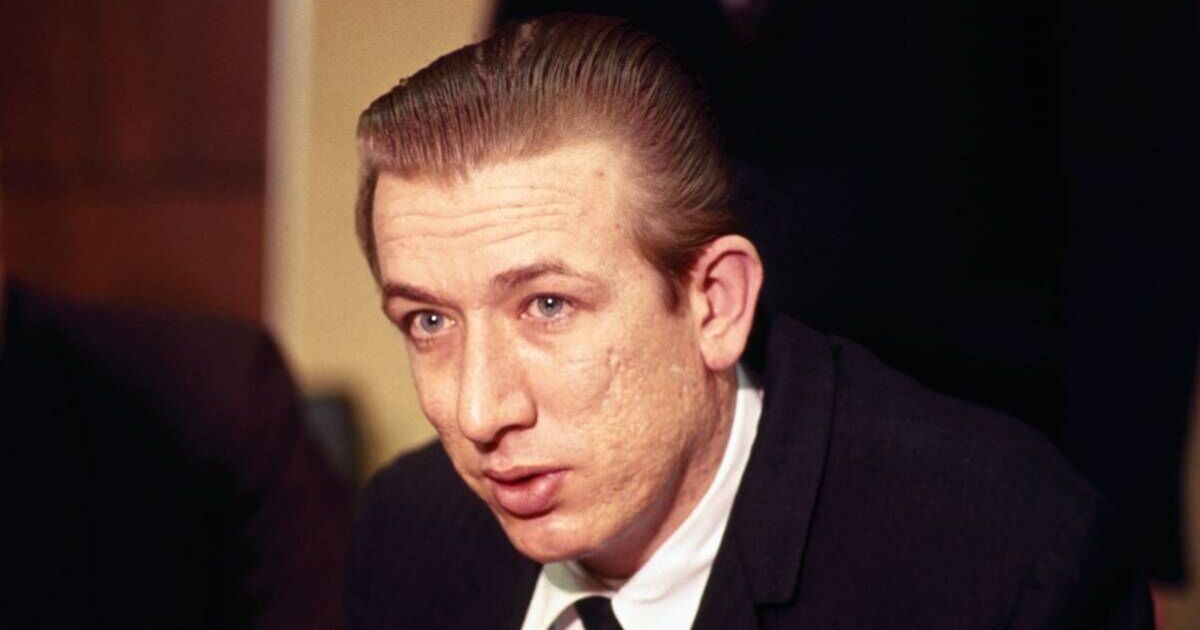

WARNING: This article contains spoilers from Monster: The Ed Gein Story
Netflix's latest offering, Monster: The Ed Gein Story, is the third instalment in Ryan Murphy's highly praised true crime series, reports the Manchester Evening News.
Unlike its predecessors, The Ed Gein Story appears to take a more creative approach to the facts, with the creators taking certain liberties in their portrayal of Ed Gein's (played by Charlie Hunnam) troubled psyche and his heinous crimes, particularly his struggle to differentiate between reality and the hallucinations brought on by his schizophrenia.
The series also explores how Gein's horrific acts influenced iconic Hollywood horror films such as Psycho, The Texas Chainsaw Massacre and The Silence of the Lambs.
Furthermore, it suggests that Gein's gruesome deeds inspired a new generation of American serial killers, including Jerry Brudos (Happy Anderson reprising his Mindhunter role), Ed Kemper (Jeffrey Murdoch) and Charles Manson (John Drea).
In the eight-part drama, Gein is shown interacting with various serial killers and receiving what can only be described as fan mail while in an asylum from the likes of Ted Bundy (John T. O'Brien) and Richard Speck (Tobias Jelinek). But did this really happen?
There's no evidence to suggest that Speck ever contacted Gein during their respective prison terms.
This appears to be a fictional element added to reinforce the narrative that Gein's chilling crimes became so deeply embedded in the American psyche that they influenced others.
In the gripping finale of Monster: The Ed Gein Story, Gein finds himself being lauded by a host of infamous serial killers, drawing parallels to Murphy's American Horror Story: Hotel, which features a chilling dinner party of serial killers.
Discussing the final moments of The Ed Gein Story, co-creator and producer Murphy confessed that the show was initially set to centre on a scene between the notorious killer and his mother Augusta Gein, portrayed by Laurie Metcalf.
Murphy elaborated: "We quickly abandoned that and came up with the kind of All That Jazz tribute. And also we wanted to talk about, yeah, it was a dark legacy.
"There were many, many dark creatures in our world - Richard Speck, Ted Bundy - who were influenced and obsessed with Ed for all the wrong reasons."
Meanwhile, writer and fellow co-creator Ian Brennan commented: "It's the most tonally challenging part of the show to me in that he's not horrified by it."
He added: "He sort of loves the fact that he made a mark."
Speck was a ruthless serial killer who, in 1966, murdered eight student nurses after breaking into their dormitory. A ninth potential victim survived only by hiding and serving as a witness.
Convicted of all eight murders the following year, Speck was initially sentenced to death. However, this was later commuted to a life sentence, which he served at the Stateville Correctional Center.
Speck died from a heart attack in prison in 1991, just one day shy of his 50th birthday.
Five years following Speck's demise, a videotape surfaced in 1996 featuring the serial murderer alongside several fellow prisoners.
In the footage, according to CBS News, Speck displayed no regret regarding the slayings and revealed disturbing particulars.
He described how the murders had unfolded following his break-in to the premises with burglary intentions: "I was on acid; drugs. One of them spit on me in the face, she said she was going to pick me out of a lineup."
During his arrest, Speck had maintained he recalled nothing from that evening, yet the recording plainly demonstrated this was untrue.
The material also depicted the now elderly killer participating in substance abuse, crude adult content and intimate behaviour.
In the footage, Speck was clad in ladies' undergarments and it appeared his physique had been chemically or hormonally modified, as depicted in the television programme.
Monster: The Ed Gein Story is streaming on Netflix now

3 PerFlyer